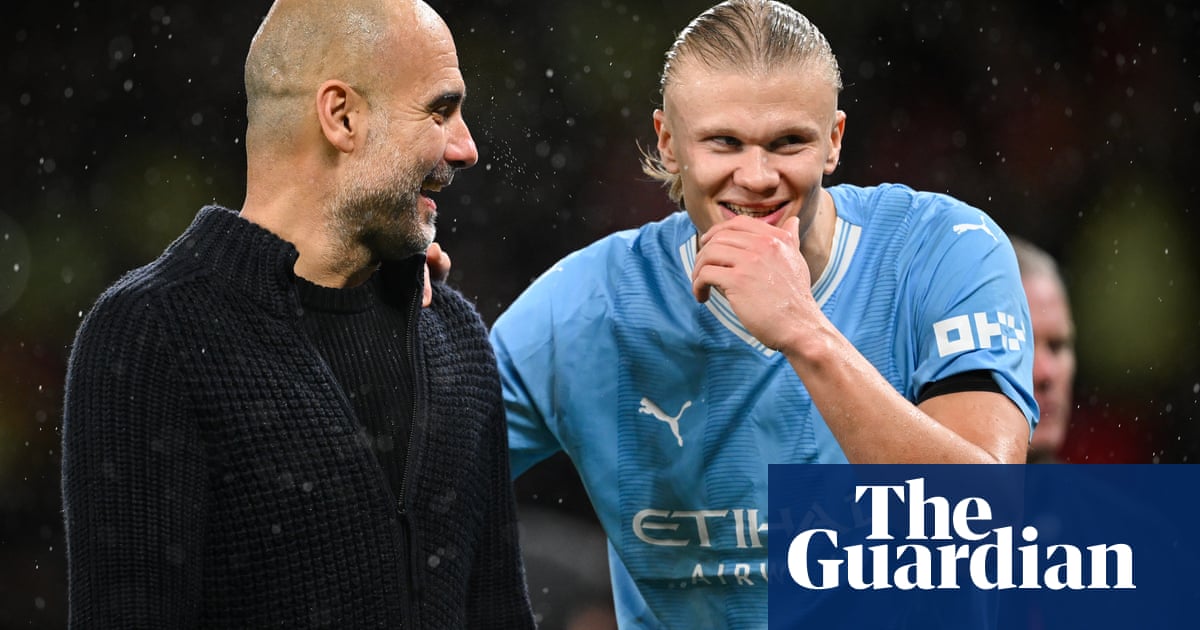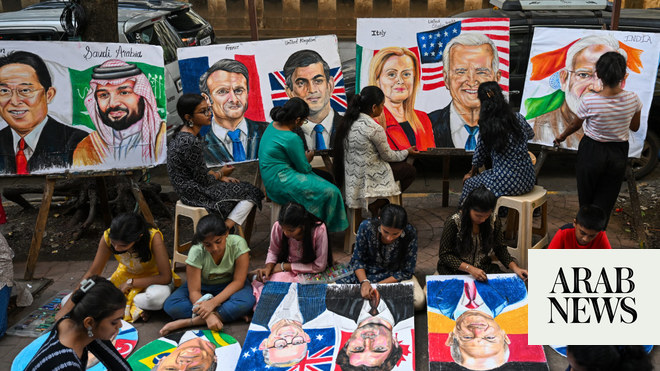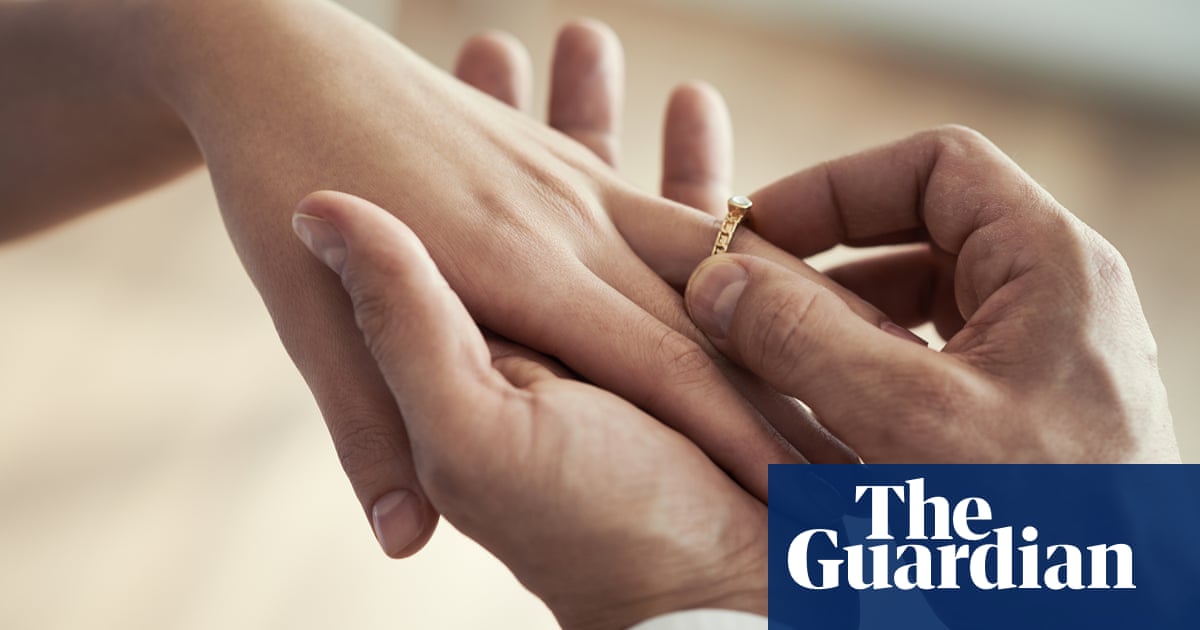
n an unusual year for the art world, with cancelled exhibitions and shuttered galleries, new work made its way on to the streets instead. Whether it was the many George Floyd murals, a portrait of Kamala Harris in a Kansas field, creative placards from the Black Lives Matter protests, or the makeshift art fence outside the White House, a majority of the most impactful work over the past year has been outdoors.
In 2021, with social distancing measures continuing across the country, artwork in New York, California, Florida and Washington, will continue to be outdoors while limited indoor exhibitions will also be in operation.
Opening on 22 January at the USF Contemporary Art Museum in Fort Lauderdale, Marking Monuments is an exhibition centered around Confederate monuments, slavery, history and the recent toppling of statues.
The exhibition features work by Monument Lab, a collective whose focus is to create “critical conversations around the past, present and future of monuments”, alongside the artist Joiri Minaya, who recently wrapped a statue of Christopher Columbus in Miami with tropical-patterned fabric (it remains on view until 18 January, behind the Bayfront Park Amphitheater). As Minaya says: “I’ve been particularly drawn to species that relate to histories of resistance, plants that symbolize the resilience and hope of the Caribbean people in the face of hardship and adversities.”
Meanwhile in New York, The Plywood Protection Project is an upcycling public art initiative that collects and redistributes wooden slabs. The group have collected wooden slabs that businesses used to board up their storefronts during New York protests, and given them to artists who will use them for public art pieces in all five boroughs. It’s a way to create beauty out of crisis, with sculptures being launched from January to May, and events throughout next summer.
“Producing creatively engaging public art is core to our mission, so we believe in the power of public art all the time,” said the project’s founder, Neil Hamamoto. “I think the pandemic has brought a focus to the importance of public space and community programs, globally, and it’s my hope that our work here in New York can be a strong example for how art can be a central component of both.”
The Leslie-Lohman Museum of Art features a public piece along the museum’s windows called Queerpower by the Brooklyn artist Chitra Ganesh, which will be on display until next fall at the museum’s Soho location in downtown Manhattan. It celebrates the queer and transgender histories of the downtown scene, and the neighborhoods near the museum, and pays tribute to the trans and nonbinary activists of today, and in history. The artwork, says Ganesh, is “a love letter to New York City; imagining a futurity and an abundant utopia as the city continues to face one of the most challenging moments in its history.
“The scale of tragedy and suffering experienced here was unparalleled,” says the artist. “I wanted to honor this moment – to recognize the twin pandemics that shaped our 2020 – Covid-19 and racial violence. It was crucial for me to develop a queer utopia that was capacious enough to recognize that the ground we stand on is built in equal parts of abundance and violence, of celebration and dissent.”
In Times Square, the New Zealand artist Daniel Crooks is showing a video as part of Times Square Arts’ Midnight Moment, which plays video art at midnight on ad space. The piece, The Subtle Knife, plays throughout the month of January from 11:57pm to midnight. The artwork uses images of train tracks, combined with symbols of travel, transportation and transition.
“I hope the audience is transported for a moment to a place where the world is less concrete, where the models we have in our heads of what is real become slightly less fixed, where our concepts of time become much more fluid,” said Crooks.
Across Times Square, the solar-powered trash bins are covered with artworks as part of a project called Messages for the City: Dreaming Forward, where eight selected artists show across 120 locations in the city, in a partnership with Times Square Arts and For Freedoms. The artists reflect on the future through mostly text-based artworks, like one artwork by Alisha B Wormsley which reads: “There are black people in the future,” while another by Jun Mabuchi asks: “Can we coexist?”
On 24 February, the Public Art Fund launches an outdoor photo exhibition by the Ethiopian American artist Awol Erizku. On view in over 350 bus shelters in New York and Chicago, the artist shows 13 photos centered around spirituality, which shows still life images of African masks, Egyptian motifs and Islamic symbols, as well as family portraits, candles, flowers and birds, inspired by his daughter, whose name is Iris, as the project is called New Visions for Iris, and runs until June.
In April, the High Line in New York will be launching an outdoor group exhibition called The Musical Brain on various points along the public park, which is built on a former railroad in Chelsea. The focus is showing how music has the power to bring everyone together. It’s named after a short story by César Aira, and includes works by Rebecca Belmore, David Horvitz and Naama Tsabar, among others. The Mexican artist Guillermo Galindo is showing an artwork called “Fuente de lágrimas (Fountain of Tears),” while the Mexican artist Raúl de Nieves is showing one of his multimedia sculptures made from yarn, pearls and beads, among other materials.
In western Texas in the small town of Marfa, the Ballroom Marfa has been running an ongoing, outdoor exhibition of flags, which rotate every few weeks in a project called Unflagging. The exhibition reconsiders flags and their symbolic meaning in America, and as the gallery remains closed, the project can be viewed from a safe distance, outdoors. From 8 to 21 January, text-based artist and writer Kameelah Janan Rasheed will be showing a new flag, entitled Untitled (Without), which is a cut-out rectangular, white flag that has been sewn together with colored stitches, representing the rainbow from the LGBTQ pride flag.
At the Hudson Valley public sculpture park, the Storm King Art Center, an exhibition featuring a sculpture by Louise Bourgeois is on view, one which depicts four eyes. As Bourgeois said in 2001: “I have always said, that with words you can say whatever you want, but the eyes never lie. The eyes are a metaphor for the truth, which is what I am after.”
In Long Beach, California, a new cultural complex called Compound is opening mid-January, a venue that bridges contemporary art, fine dining, wellness and community. Outside the complex, which is in the Zaferia district, is a neon signage artwork in electric blue, created by Tavares Strachan, which reads: “You Belong Here.”
As Strachan explains this artwork: “You Belong Here is meant to be a jumping-off point for discussion,” he said. “It works both as a statement of fact, and an inquiry. Anyone reading the phrase must first ask themselves, ‘Do I belong here?’”












